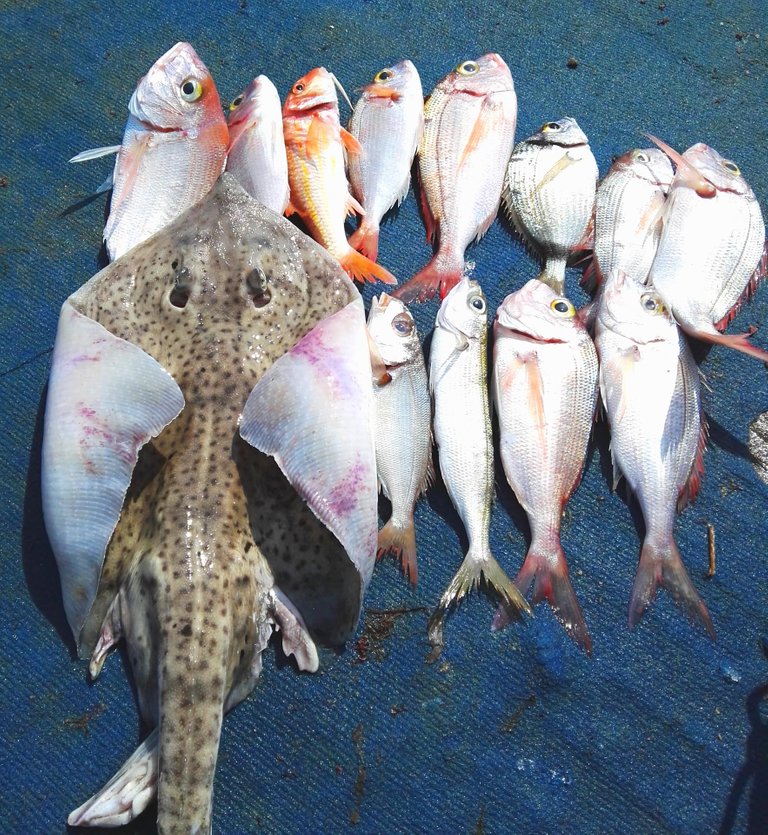In the event that you eat angle in the U.S., odds are it once swam in another nation. That is on account of the U.S. imports more than 80 percent of its fish, as per gauges by the United Nations. New hereditary research could help make cultivated fish more attractive and convey America's wild fish species to supper tables. Researchers have utilized huge information and supercomputers to get a fish genome, an initial phase in its practical aquaculture reap.

Source
Analysts collected and commented on out of the blue the genome—the aggregate hereditary material—of the fish species Seriola dorsalis. Otherwise called California Yellowtail, it's a fish of high an incentive to the sashimi, or crude fish industry. The science group shaped from the Southwest Fisheries Science Center of the U.S. National Marine Fisheries Service, Iowa State University, and the Instituto Politécnico Nacional in Mexico. They distributed their outcomes on January of 2018 in the diary BMC Genomics.
"The real discoveries in this distribution were to describe the Seriola dorsalis genome and its explanation, alongside showing signs of improvement comprehension of sex assurance of this fish species," said think about co-creator Andrew Severin, a Scientist and Facility Manager at the Genome Informatics Facility of Iowa State University.
"We would now be able to unquestionably say," included Severin, "that Seriola dorsalis has a Z-W sex assurance framework, and that we know the chromosome that it's contained on and the area that really decides the sex of this fish." Z-W alludes to the sex chromosomes and relies upon whether the male or female is heterozygous (XX,XY or ZZ,ZW), individually. Another approach to consider this is in Z-W sex assurance, the DNA atoms of the fish ovum decide the sex of the posterity. By differentiate, in the X-Y sex assurance framework, such is found in people, the sperm decides sex in the posterity.
It's difficult to differentiate between a male and female yellowtail angle since they don't have any undeniable phenotypical, or apparently physically recognizing characteristics. "Having the capacity to decide sex in angle is extremely critical in light of the fact that we can build up a marker that can be utilized to decide sex in youthful fish that you can't decide phenotypically," Severin clarified. "This can be utilized to enhance aquaculture hones." Sex distinguishing proof lets angle agriculturists stock tanks with the correct proportion of guys to females and show signs of improvement yield.

Source
Gathering and explaining a genome resembles building a colossal three-dimensional jigsaw bewilder. The Seriola dorsalis genome has 685 million pieces—its base sets of DNA—to assemble. "Quality explanations are areas on the genome that encode transcripts that are converted into proteins," clarified Severin. "Proteins are the sub-atomic apparatus that work all the organic chemistry in the body from the assimilation of your nourishment, to the initiation of your invulnerable framework to the development of your fingernails. Indeed, even that is a misrepresentation of all the control."
Severin and his group collected the genome of 685 megabase (MB) sets from a large number of littler sections that each offered data to shape the total picture. "We needed to succession them for a considerable amount of profundity keeping in mind the end goal to build the full 685 MB genome," said contemplate co-creator Arun Seetharam. "This added up to a considerable measure of information," included Seetharam, who is a partner researcher at the Genome Informatics Facility of Iowa State University.
The crude DNA arrangement information ran 500 gigabytes for the Seriola dorsalis genome, originating from tissue tests of an adolescent fish gathered at the Hubbs SeaWorld Research Institute in San Diego. "Keeping in mind the end goal to assemble them," Seetharam stated, "we required a PC with significantly more RAM to put everything into the PC's memory and after that set up it together to develop the 685 MB genome. We required extremely capable machines."
That is when Seetharam understood that the computational assets at Iowa State University at the time weren't adequate take care of business in an auspicious way, and he swung to XSEDE, the eXtreme